A
- Alluvial: Natural concentration minerals (such as: gold, diamond, zircon or garnet) accumulate in rivers and are transported by water. An example is a river, beach or marine deposit.
- Aragonite: Is a mineral that is composed of calcium carbonate and appears as thin, platy crystals. It creates the iridescent nacre layer seen in shell and pearls.
- Artificial: Gem materials that have been manufactured in a laboratory and have not formed naturally.
- Annealed: A process of heating materials, which are cooled slowly. This treatment is usually carried out on irradiated gem materials, to further alter their crystal structure and as a result, change their colour.
- Asterism (Star): An optical effect, whereby multiple bands of light appears to move across a bead/cabochon cut stone. The phenomenon relies on two or more sets of orientated inclusions (needles/fibres), being parallel to the base of the cut stone. A pinpoint of light from a pen torch or the sun, will reveal the bands of light. For example, this can be seen in Sapphire, Ruby, Garnet etc.
B
- Bearding: Is an external characteristic, seen near the girdle of a diamond and appears as a frosted white edge, which can be observed with a 10x loupe. The blemish occurs, when the diamond is being shaped into a round cut, with little care.
C
- Chatoyancy (Cat's Eye): An optical effect, whereby a single band of light appears to move across a bead/cabochon cut stone. The phenomenon relies on one set of orientated inclusions (needles/fibres), being parallel to the base of the cut stone. A pinpoint of light from a pen torch or the sun, will reveal the band of light. For example, this can be seen in Chrysoberyl, Opal, Quartz etc.
- Cleavage: Is a directional breakage that occurs within a particular gem material.
- Conchiolin: Is a brownish, organic substance that is produced and found in molluscs i.e freshwater mussels or saltwater oysters. It is secreted by the cells of the mantle and creates the iridescent nacre layer seen in shell and pearls.
- Corundum-Corundum Doublet: Is a composite gemstone, artificially made up of two or more different parts, to give the impression of a single stone and is often created to imitate sapphire and ruby. The crown is composed of natural green sapphire and is glued to a synthetic ruby or sapphire pavilion.
- Crystal Habit: The external appearance, form and characteristic shape exhibited by the crystal.
- Crystalline: A material that has an internal structure of a crystal. Composed of a 3D arrangement of orderly bonded atoms.
- Crystal System: Crystals have an orderly arrangement of their constituent atoms and there are seven main ways, in which these atoms can be regularly arranged. Crystalline materials belong to one of seven crystal systems: Cubic, Trigonal, Hexagonal, Orthorhombic, Monoclinic and Triclinic.
D
- Diffusion: Is a treatment applied to corundum, in order to alter its colour or optical effects. The gemstone is heated at hight temperatures with specific chemical elements. There are two main types: surface and lattice (bulk) diffusion.
- Double Refraction: Is an optical effect seen in certain gemstones, whereby visible light is split into two separate component rays. For example: Doubling of the pavilion facets and inclusions can be seen in Peridot.
F
- Fashioned: (Or fashioning) Refers to how a gemstone is shaped or cut for adornment or ornamentation. An example would be faceting or carving.
- Fire: An optical effect displayed by certain facetted gemstones and is caused when light passes through the gemstone and is dispersed (or scattered), splitting white light into its spectral colours. For example: This optical effect can be seen in Diamonds and Cubic Zirconia.
- Flux Melt: Produces synthetic gem-quality crystals, whereby hot, molten fluid (known as flux) is used to dissolve the gem producing ingredients in a crucible. On cooling this solution recrystallises to form the desired gem. For example: this method can produce Synthetic Emerald or Synthetic Ruby.
G
- Garnet Topped Doublet: (GTD) Is a composite gemstone, artificially made up of two or more different parts, to give the impression of a single stone and is often created to imitate transparent gems. The crown of the gemstone consists of almandine garnet, which is fused together with a coloured glass pavilion. The overall colour of the composite gemstone, derives from the glass pavilion.
H
- Hydrothermal Method: Produces synthetic gem-quality crystals, whereby the ingredients are placed in water, in a sealed container and heated. The resultant high pressure causes the liquid to dissolve the ingredients, which then recrystallise onto ‘seed plates’ in cooler parts of the vessel. For example: This method can produce Synthetic Emerald or Synthetic Quartz.
I
- Isomorphous: Gem materials that have the same crystal structure, but contain alternative atoms. For example: The Olivine Series consists of Forsterite (Magnesium Silicate) and Fayalite (Iron Silicate) as end members of Peridot (Magnesium Iron Silicate).
- Irradiation: Is a treatment applied to gem materials, in order to alter their crystal structure and as a result, change their colour. The gem material is safely exposed, to high energy electrons or neutron bombardment.
L
- Lustre: Is a surface reflection, the brightness and quality of which to some extent depends upon the refractive index and the polish or surface condition of the material. For example: Diamonds have an adamantine lustre, whereas Sapphires have a bright vitreous lustre.
M
- Mantle: Is the living tissue in a molluscs (freshwater mussels or saltwater oysters) and is in contact with the inner layer of the shell. It is a layer of cells, that secrete the components needed to create a pearl or mother of pearl.
N
- Nacre: Is the iridescent layer seen in pearl and mother of pearl. It is composed of conchiolin and aragonite and is formed by the mantle of a mollusc (freshwater mussels or saltwater oysters).
O
- Opalescence: The pearly, white translucent appearance seen exclusively in white opals. The phenomenon relies on the scattering of light.
P
- Play Of Colour: An optical effect seen exclusively in opals. The phenomenon relies on the interfere and diffraction of light, resulting in a spectrum of colours being seen from: red, orange, yellow, green, blue and violet.
- Primary Deposit: A gem materials first resting place. An example is a volcanic pipe.
S
- Secondary Deposit: Gem materials that have been transported by natural activities, such as: weathering, rivers or floods. An example is an alluvial deposit.
- Simulant: Is where a natural or artificial gem material is used to imitate the effect, colour and appearance of another gem material, without possessing their chemical and physical properties. For example: Cubic Zirconia is a stimulant of Diamond and blue man-made glass (also known as paste) is a simulant of sapphire.
- Soudé: Is a composite gemstone, artificially made up of two or more different parts, to give the impression of a single stone and is often created to imitate emerald or peridot. The crown and pavilion of the gemstone, is usually made from colourless or pale coloured: beryl, quartz or synthetic spinel and is sandwiched together with a green coloured glue or cement.
- Synthetic: Is an artificial material that has a natural mineral counterpart, of the same composition and crystal structure, whilst possessing their optical, chemical and physical properties. For example: With the exception of its origin, Synthetic Sapphire is an artificial material that is identical in composition, structure and properties, to natural Sapphire.
V
- Verneuil: (flame-fusion) Produces synthetic gem-quality crystals, whereby a fine powder of the appropriate composition, falls through a very hot oxy-hydrogen flame and is melted. On cooling, it solidifies as a single crystal. For example: this method can produce Synthetic Sapphire or Synthetic Ruby.
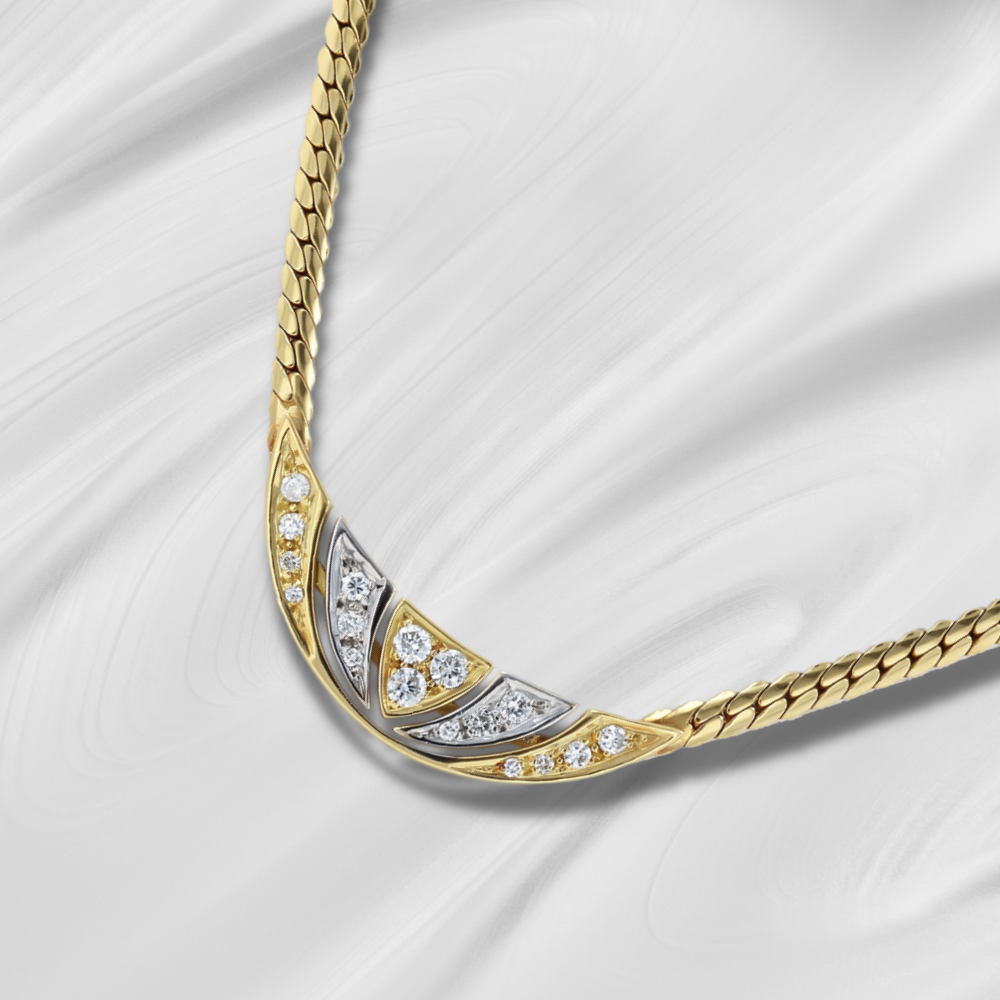
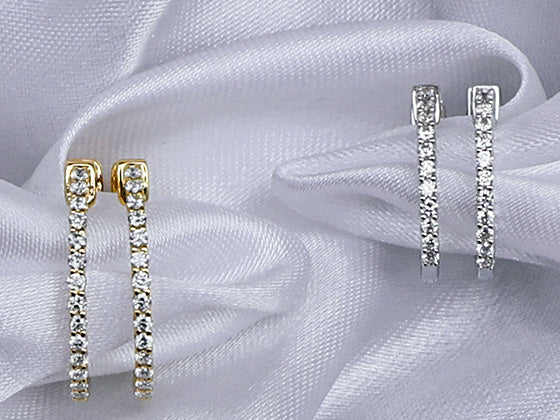
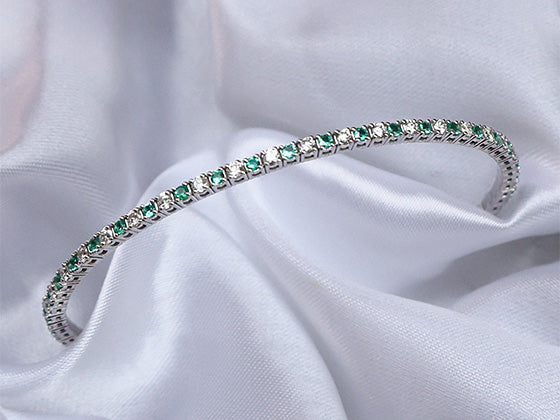

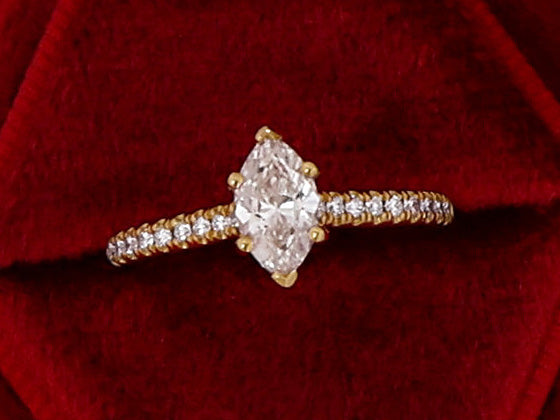
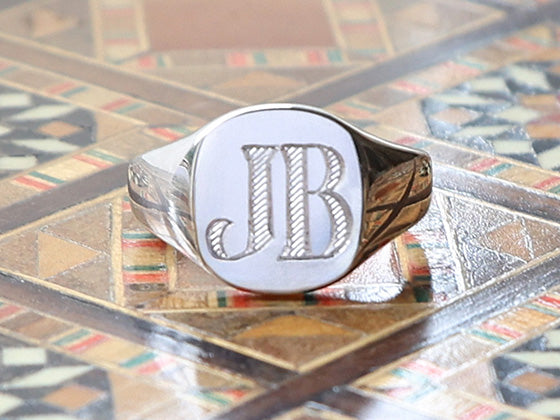
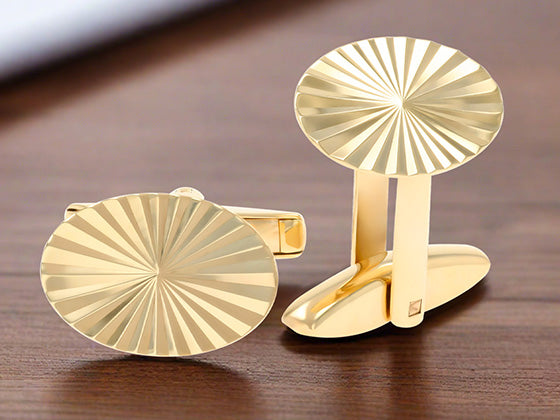
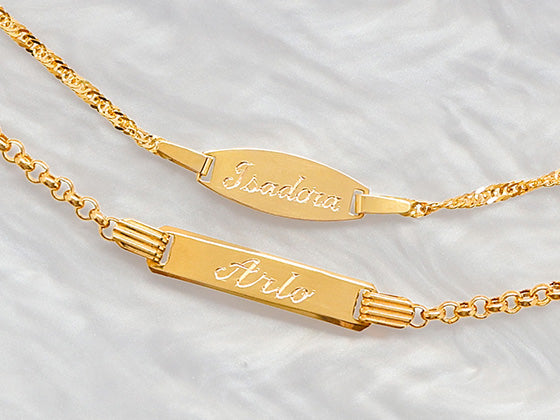
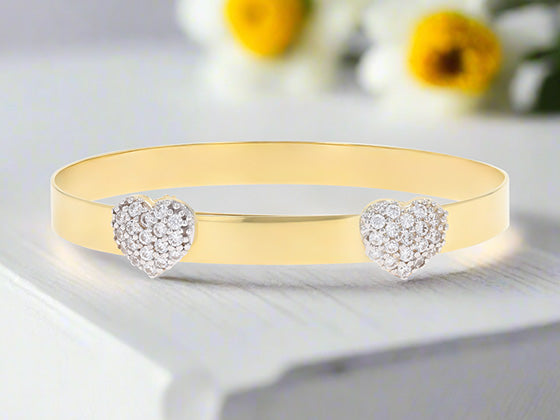
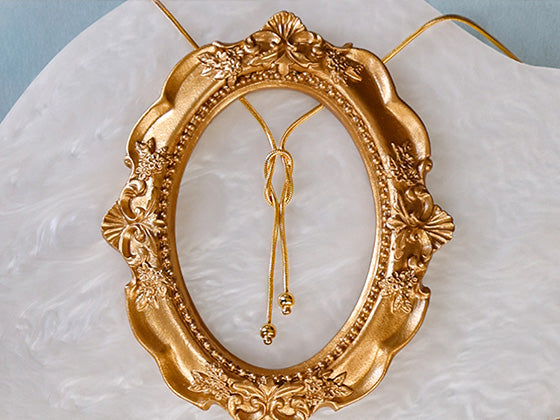
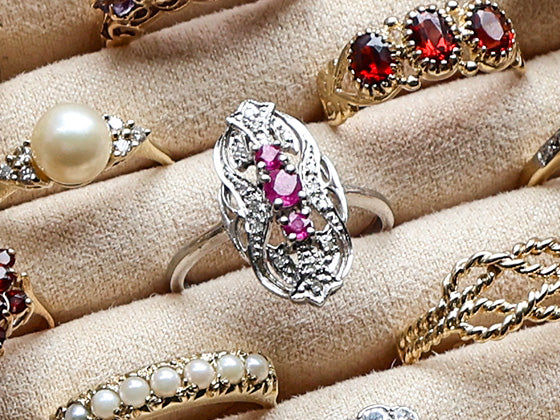
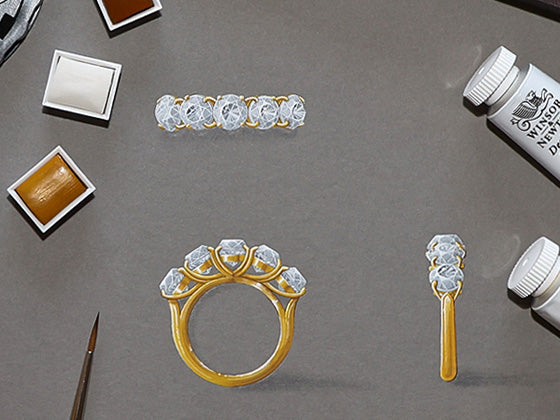

 Contact Us
Contact Us
